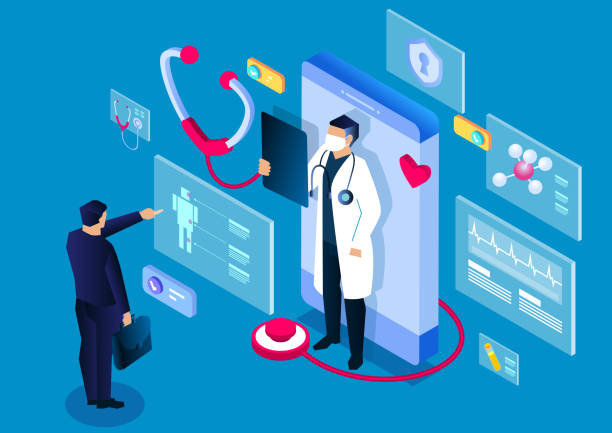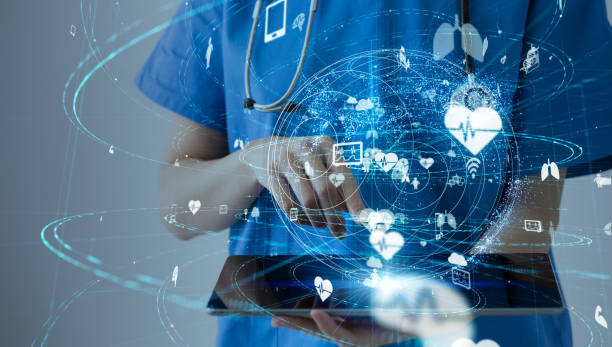Introduction:
Health technology refers to the use of technology to improve health outcomes and the delivery of healthcare services. It encompasses a wide range of technologies, from electronic health records and telemedicine to wearable devices and artificial intelligence. The use of technology in healthcare has revolutionized the industry, enabling healthcare providers to offer better care, improve patient outcomes, and reduce costs.
Electronic Health Records (EHRs):
Electronic Health Records (EHRs) are digital versions of patients' medical records that can be easily accessed and shared among healthcare providers. EHRs provide a complete medical history of the patient, including medications, lab results, and imaging studies, which helps healthcare providers make more informed decisions about patient care. EHRs also enable patients to access their own medical records, allowing them to take more control of their health and be more involved in their own care.
Telemedicine:
Telemedicine refers to the use of technology to provide medical care remotely. With telemedicine, patients can consult with their healthcare providers over video or phone, eliminating the need for in-person visits. This is particularly useful in remote or rural areas where access to healthcare is limited. Telemedicine can also be used to monitor patients' health remotely, such as in the case of chronic conditions like diabetes or heart disease.
Wearable Devices:
Wearable devices, such as smartwatches and fitness trackers, can monitor a patient's vital signs, such as heart rate, blood pressure, and oxygen levels. This data can be used to detect early warning signs of health problems and alert healthcare providers when intervention is needed. Wearable devices can also be used to monitor patients' activity levels, sleep patterns, and other health metrics, providing valuable information for healthcare providers and patients alike.
Artificial Intelligence (AI):
Artificial Intelligence (AI) technology can analyze vast amounts of data and identify patterns that may not be apparent to humans. In healthcare, AI can be used to analyze medical images, identify early signs of disease, and even assist in surgical procedures. For example, AI algorithms can analyze medical images to identify tumors or other abnormalities that may be difficult for human radiologists to detect. AI can also be used to develop personalized treatment plans based on a patient's medical history, genetic makeup, and other factors.
Mobile Apps:
Mobile apps can help patients track their health, such as monitoring their diet and exercise habits or managing chronic conditions like diabetes. They can also provide access to medical information, including medication reminders, and help patients communicate with their healthcare providers. Mobile apps can also be used to collect data from patients, such as symptoms or side effects of medications, which can be used to improve patient care and outcomes.
Virtual Reality:
Virtual Reality (VR) technology can be used to simulate medical procedures or environments, allowing healthcare providers to train in a safe and controlled environment. VR can also be used to provide patients with immersive experiences that can help them manage pain, anxiety, or other symptoms. For example, VR can be used to distract patients during painful procedures or to provide relaxation techniques for patients with anxiety or depression.
Robotics:
Robotics technology can be used in a variety of healthcare settings, from surgical procedures to home care. Robots can be used to assist in surgical procedures, such as providing precise movements or holding instruments in place. They can also be used to deliver medications, monitor patients, or provide physical therapy in a home setting.
Big Data:
Big Data refers to the large amount of data that is generated in healthcare settings, from medical records to clinical trials. This data can be analyzed using advanced analytics tools to identify patterns and trends that can be used to improve patient care and outcomes. For example, big data analytics can be used to identify patients at high risk for certain diseases or to monitor the effectiveness of treatments over time.



0 Comments